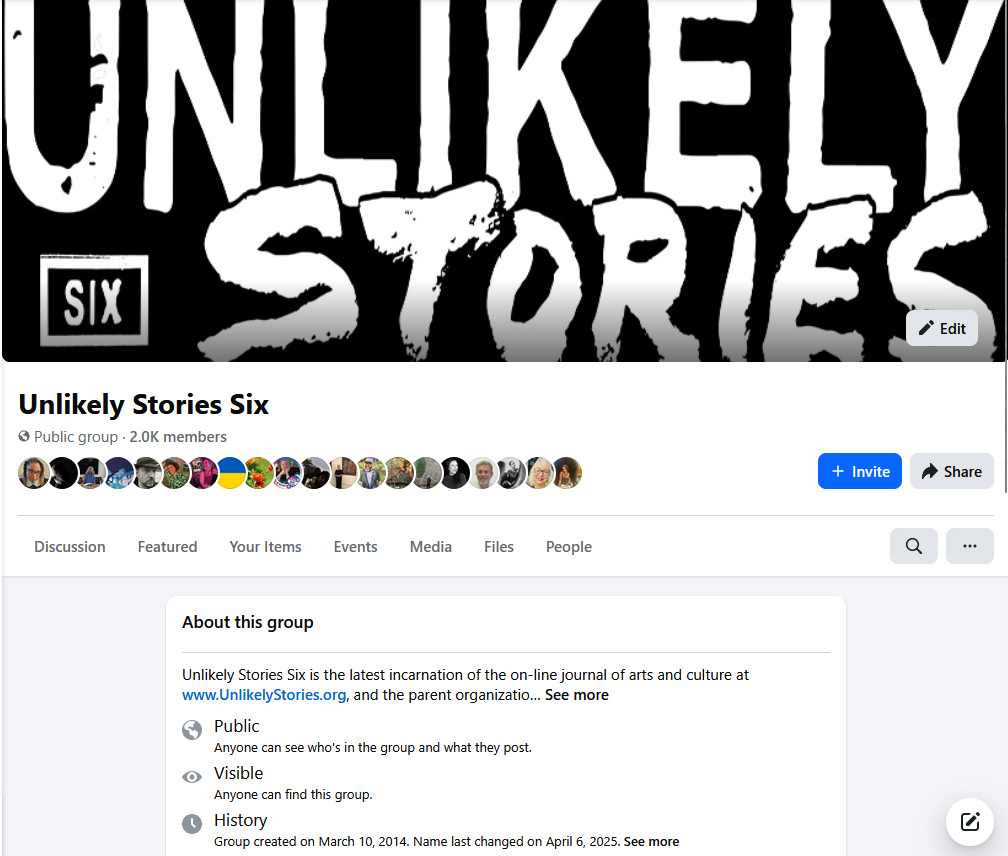Orbital Shear
A minimalist poetic form modeled on orbital decay and asymptotic collapse.
Structure
- →7 stanzas
- →Stanza lengths: 6 / 5 / 4 / 3 / 2 / 1 / 1
- →Each stanza loses a line—like a body falling out of orbit
- →Indentation increases with each stanza—lines drift further right, mirroring orbital drift and axis misalignment
- →Imagery must focus on failure of function, motion toward disassembly, or isolation
Formal Rules
- →Stanza 1 begins in full structure, describing a functional or once-functional space object.
- →With each stanza, the object breaks down, disconnects, or drifts, and language becomes more spare, more fragmented.
- →Final line is a single word (or fragment) that has no clear referent—but is echoic, like debris tumbling without signal.
- →Each stanza should include at least one technical or mechanical term (e.g., “thruster,” “apogee,” “reentry flare,” “strut”).
- →No metaphors are allowed until stanza 4. The poem moves from literal to symbolic, just as debris becomes myth.
Group Therapy Chorus
A polyphonic poetic form mimicking a failed group therapy session. Built from overlapping monologues, diagnostic leakage, fragmented insight, and recursive contradiction.
Structure
- →5 voices, labeled only by initials or DSM codes (e.g., M., F90.0, Z., etc.)
- →Each stanza is a chorus round:
- →Each voice speaks one line in turn
- →Then the lines repeat but one word is altered, swapped, or glitched
- →In final rounds, voices begin to interrupt, cross, or echo each other
- →Poem ends in total polyphonic collapse, where multiple lines overlap (visually and rhythmically), and a single phrase is left echoing.
Formal Rules
- →Each voice must
- →Refer to at least one DSM criterion
- →Use clinical objects in their language (e.g., clipboard, tile grout, rubber mat)
- →Contradict or undermine itself at least once
- →At least one stanza must include a therapist's prompt that is ignored, misinterpreted, or turned into metaphor
- →Language should swing between deadpan clinical and absolutely poetic or feral
End-of-Life Hospice Psychosis
Session Note: Group held bedside. Four participants expired within 72 hours of transcript. Fifth claims they "merged with the dustpan."
Delirium (hypoxic subtype): I saw the nurse melt into a staircase.
F.: My oxygen tube whispered "repent" in Morse.
Vascular Dementia: I keep trying to unzip my legs.
Palliative–Terminal: I keep a wasp in my mouth for company.
Z.: Time won’t stop blinking.
Delirium: The IV pole salutes me now.
F.: The morphine tastes like long stairs.
Dementia: I heard my femur say "soon."
Palliative: I tied my will to a balloon.
Z.: I swallowed the window and waited.
[THERAPIST]: What are you afraid of?
Delirium: Repeating.
F.: Dying out of order.
Dementia: Remembering that I’m not done.
Palliative: The kindness in their gloves.
Z.: That no one else is dreaming.
ALL (overlapping fade):
We’re not afraid.
We’re not here.
We’re molting.
We’re unpracticing breath.
We’re clinging to the bell rope.
We’re kissing the morphine drip.
ECHO:
The kindness.
Repeating.
Dreaming.
Wasps.
Soon





Add comment